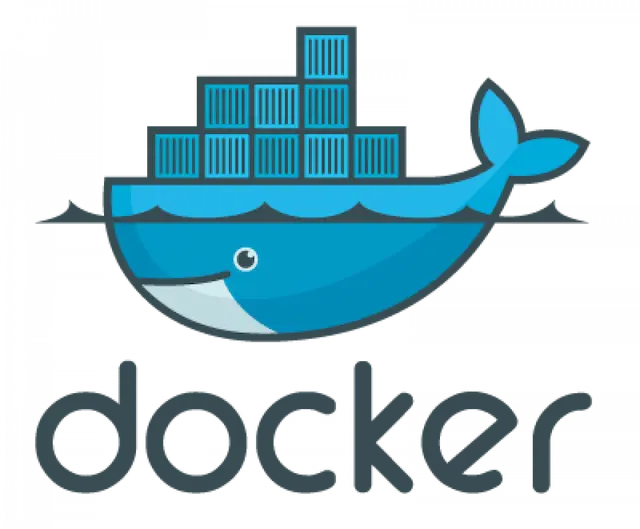
The Docker is an open source containerization platform that allows developers to deliver software in packages at rapid pace. As it helps enterprises to build, ship and run their application in any environment Docker certified professionals never goes out of demand.
The course is divided into six detailed modules covering every aspect of Docker with utmost accuracy, which is prepared by experts in the field having ample amount of experience.
This module has sub-topics like complete the setup of a swarm mode cluster, with managers and worker nodes, difference between running a container vs a service, steps to lock a swarm cluster, extend the instruction to run individual containers into running services under swarm, interpret the output of “Docker inspect” commands, convert an application deploymeny into a stack file using a YAML compose file with “Docker stack deploy”, manipulate a running stack of services, increase number of replicas, illustrate running a replicated vs global service, mount volumes, add networks, publish ports, identify the steps needed to troubleshoot a service not deploying, apply node labels to demonstrate placements of tasks, sketch how a Dockerized applicaton communicates with legacy systems, paraphrase the importance of quorum in a swarm cluster.The second module starts with describing Dockerfile options (add, copy, volumes, etc.) and show the main part of it, gives examples on how to create an efficient image via a Dockerfile, use CLI commands such as list, delete, prune, rmi, etc to manage images, inspect images and report specific attributes using filter and format, demonstrate tagging an image, utilize a registry to score an image, display layers of a Docker image, apply a file to create a Docker image, modify an image to a single layer, describe how image layers work, deploy, configure, log into a registry, utilize search in registry, tag, push & pull an image, describe how image deletion works and delete an image from a registry.
This module demonstrate the ability to upgrade the Docker engine, complete setup of repo, select a storage driver, and complete installation of Docker engine on multiple platform, configure logging driver (splunk, journal, etc), setup swarm, configure managers, add nodes, and setup backup schedule, create & manage user and teams, interpret errors to troubleshoot installation issues without assistance, outline the sizing requirements prior to installation, understand namespace, cgroups, and configure certificates, user certificate-based client-server authentication to ensure a Docker daemon has the rights to access images on a registry, consistently repeat steps to deploy Docker engine, UCP, and DTR on AWS and on premises in an HA config 1, 2, 3, complete configuration of backups for UCP & DTR and configure the Docker daemon to start on boot.
This module helps to create a Docker bridge network for a developer to use their containers, troubleshoot container and engine logs to understand a connectivity issue between containers, publish a port so that an application is accessible externally, identify which IP & port a container is externally accessible on, describe the types and use cases for the built-in network drivers, understand the container network model and how it interfaces with the Docker engine & and network and IPAM drivers, configure Docker to use external DNS, use Docker to load balance HTTP/HTTPS traffic to application (configure L7 load balancing with Docker EE), understand and describe the types of traffic that flow between the Docker engine, registry, and UCP controllers, deploy a service on Docker overlay network and describe difference between “host” and “ingress” port publishing mode.
The fifth module describes the process of signing an image, demonstrate that an image passes a security scan & creation of UCP client bundles, enable Docker content trust, configure RBAC in UCP, integrate UCP with LDAP/AD, describes MTLS, default engine & swarm default security.
The last module states which graph driver should be used on which OS, demonstrate how to configure devicemapper & how storage can be used across cluster nodes, compare object storage to block storage, and explain which one is preferable when available, summarize how an application is composed of layers and where those layers reside on filesystem, describes how volumes are used with Docker for persistent storage, difference between UCP workers and managers, process to use external certificates with UCP and DTR (UCP from cli, from GUI, print the public certificates DTR), identify the steps you would take to clean up unused images on filesystem, also on DTR and identify roles.